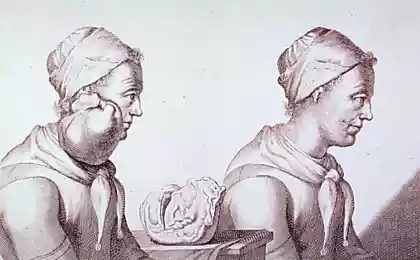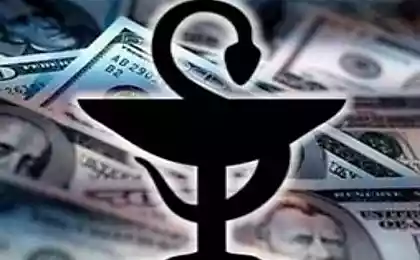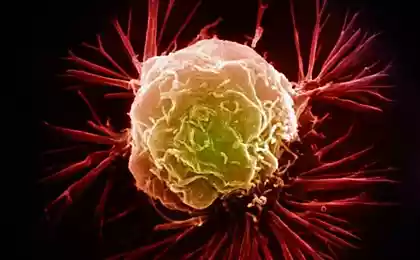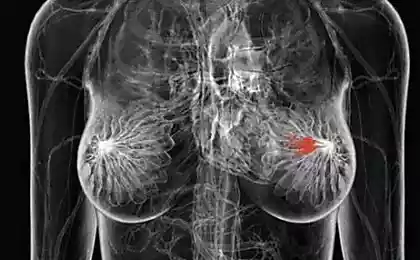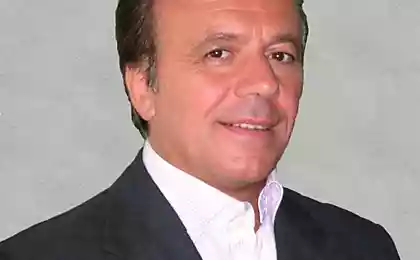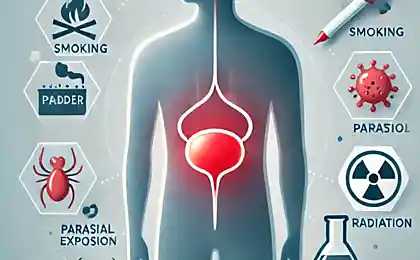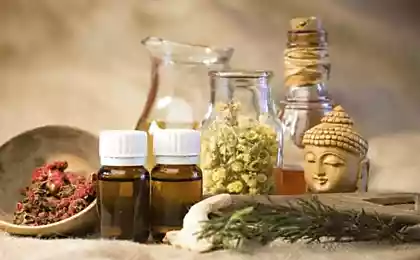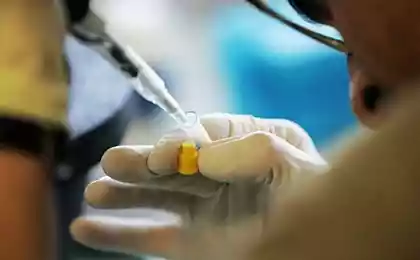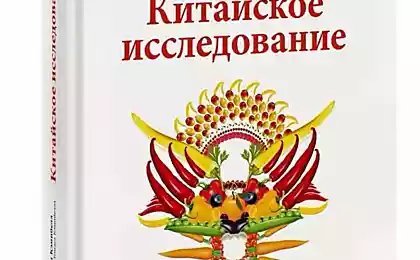163
Early diagnosis of cancer
Every year in Russia registered about 500 thousand new cases of cancer, unfortunately, more than half of them in the late stages. At the same time, if a neoplasm is detected at the initial stage, it can be cured in about 95% of cases.

DepositPhotos
Therefore, scientists are constantly looking for new effective cancer diagnosis. Of particular interest in this regard are circulating tumor cells (CTCs) in the blood - cancer cells that have separated from the existing tumor in the body and have fallen into the general bloodstream.

Information about the presence, number and characteristics of such cells helps not only to identify the disease, but also to track the onset of relapse, assess the response of the tumor to treatment, identify mutations.

DepositPhotos
Unfortunately, in the early stages of cancer, these tumor cells They are too rare to be caught and identified in individual blood samples.
The problem is solved by a revolutionary study of scientists from the medical school of Stanford University in the United States. The description of the technology was published July 16, 2018 in the journal Nature Biomedical Engineering.

"There are so few tumor cells circulating in the bloodstream that if you just take a blood sample, there probably won't be any in the test tube," says Sanjeev Gambhir, senior author of the study.

The authors of the new development propose to catch CTCs from the bloodstream using a magnet and iron nanoparticles. To do this, the patient first needs to make an injection of nanoparticles on the surface of which antibodies are placed to a protein present in the shell of circulating tumor cells and not found on the surface of blood cells.

DepositPhotos
Nanoparticles with antibodies “latch” on free-floating tumor cells. After that, a magnetic trap is introduced into the vein through a conventional catheter - a wire with a little finger and a thickness with a stationery clip.
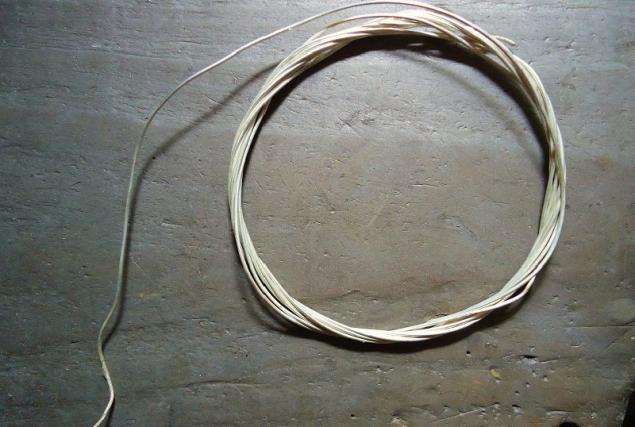
Complexes of cells with nanoparticles are attracted to the magnet, which after some time is removed from the vein, and the “caught” cells are examined. "It takes about 80 tubes of blood to get the result that the wire will provide in 20 minutes," says Sanjeev Gambhir.

DepositPhotos
The method developed by a team of Stanford scientists is very promising. While it is positioned as a tool for detecting cancer cells, but its scope can be much wider. For example, it can be used to diagnose various diseases, such as bacterial infections, for which circulating markers are known in the blood.
Perhaps not a diagnostic, but a therapeutic use of the technology: if left in the body for a long time, it will capture cancer cells and prevent them from spreading throughout the body.
There are a number of signs indicating the likelihood of developing cancer. I suggest you familiarize yourself with vital information on how to detect cancer at an early stage. Take care of your health!
We understand unpleasant cases when you need to look at things soberly. 5 situations when you should not believe the diagnosis of cancer

DepositPhotos
Therefore, scientists are constantly looking for new effective cancer diagnosis. Of particular interest in this regard are circulating tumor cells (CTCs) in the blood - cancer cells that have separated from the existing tumor in the body and have fallen into the general bloodstream.

Information about the presence, number and characteristics of such cells helps not only to identify the disease, but also to track the onset of relapse, assess the response of the tumor to treatment, identify mutations.

DepositPhotos
Unfortunately, in the early stages of cancer, these tumor cells They are too rare to be caught and identified in individual blood samples.
The problem is solved by a revolutionary study of scientists from the medical school of Stanford University in the United States. The description of the technology was published July 16, 2018 in the journal Nature Biomedical Engineering.

"There are so few tumor cells circulating in the bloodstream that if you just take a blood sample, there probably won't be any in the test tube," says Sanjeev Gambhir, senior author of the study.

The authors of the new development propose to catch CTCs from the bloodstream using a magnet and iron nanoparticles. To do this, the patient first needs to make an injection of nanoparticles on the surface of which antibodies are placed to a protein present in the shell of circulating tumor cells and not found on the surface of blood cells.

DepositPhotos
Nanoparticles with antibodies “latch” on free-floating tumor cells. After that, a magnetic trap is introduced into the vein through a conventional catheter - a wire with a little finger and a thickness with a stationery clip.

Complexes of cells with nanoparticles are attracted to the magnet, which after some time is removed from the vein, and the “caught” cells are examined. "It takes about 80 tubes of blood to get the result that the wire will provide in 20 minutes," says Sanjeev Gambhir.

DepositPhotos
The method developed by a team of Stanford scientists is very promising. While it is positioned as a tool for detecting cancer cells, but its scope can be much wider. For example, it can be used to diagnose various diseases, such as bacterial infections, for which circulating markers are known in the blood.
Perhaps not a diagnostic, but a therapeutic use of the technology: if left in the body for a long time, it will capture cancer cells and prevent them from spreading throughout the body.
There are a number of signs indicating the likelihood of developing cancer. I suggest you familiarize yourself with vital information on how to detect cancer at an early stage. Take care of your health!
We understand unpleasant cases when you need to look at things soberly. 5 situations when you should not believe the diagnosis of cancer


